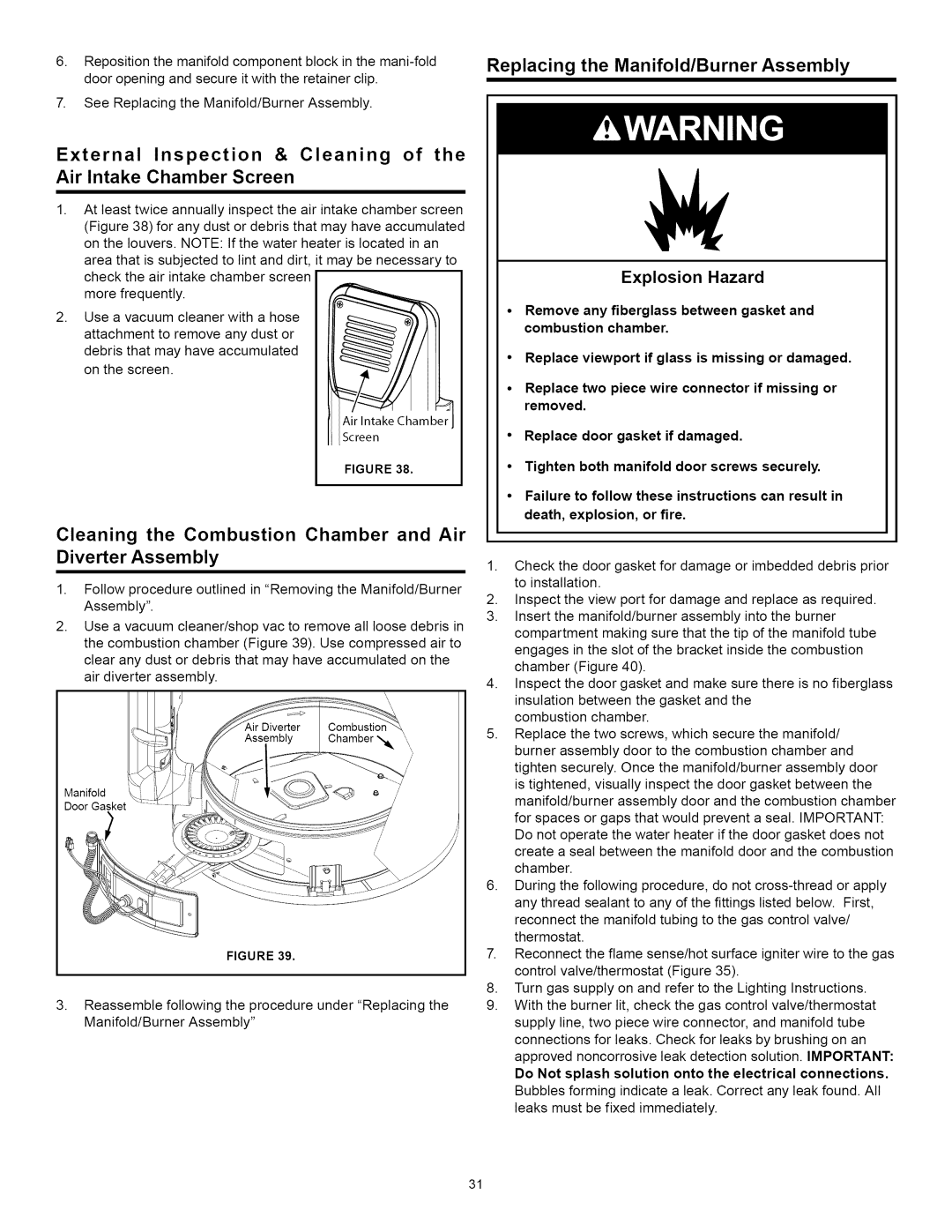153.33262, 153.33264 specifications
The Kenmore 153.33262 and 153.33264 are highly versatile and efficient portable air conditioners designed to provide optimal cooling solutions for indoor spaces. These models stand out in their class due to their advanced features, technologies, and user-friendly characteristics, making them suitable for a variety of environments, from small apartments to large rooms.One of the primary features of both the Kenmore 153.33262 and 153.33264 is their high cooling capacity. With powerful BTUs, they can effectively cool spaces up to a specified square footage. This capability ensures that users can maintain a comfortable indoor climate even during the hottest summer months. Their energy efficiency is another notable aspect, allowing homeowners to enjoy cooler air without incurring exorbitant energy bills.
The two models are equipped with various modes of operation, including cooling, fan, and dehumidifying modes. This multifunctionality allows users to customize their comfort based on prevailing weather conditions. For instance, the dehumidifying mode effectively reduces excess moisture in the air, creating a more comfortable environment, particularly in humid regions.
Both air conditioners come with a user-friendly digital interface that features an easy-to-read LED display. The interface allows for straightforward adjustments to the temperature, fan speed, and operating modes. Furthermore, remote control functionality enhances convenience, enabling users to change settings from across the room.
In terms of technology, these models incorporate a self-evaporating system that minimizes the need for manual water drainage. This feature is particularly advantageous for users who prefer low-maintenance options. Additionally, both units feature a washable air filter, designed to capture dust and allergens, improving air quality and ensuring that the units operate efficiently.
Portability is another significant characteristic of the Kenmore 153.33262 and 153.33264. Built-in caster wheels and side handles allow for easy movement from room to room, making them ideal for temporary cooling needs. The easy installation process and included window exhaust kit mean users can set up the units quickly without requiring professional assistance.
In conclusion, the Kenmore 153.33262 and 153.33264 portable air conditioners offer a robust combination of high cooling performance, energy efficiency, and user-friendly features. Their advanced technologies and versatile functionalities make them an ideal choice for those seeking effective indoor air conditioning solutions.

